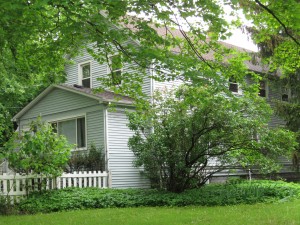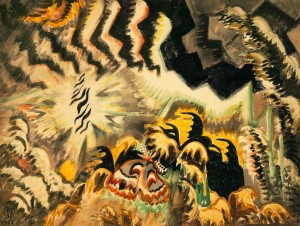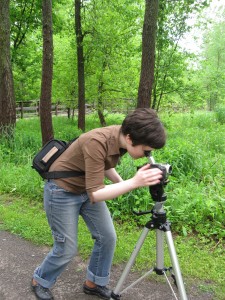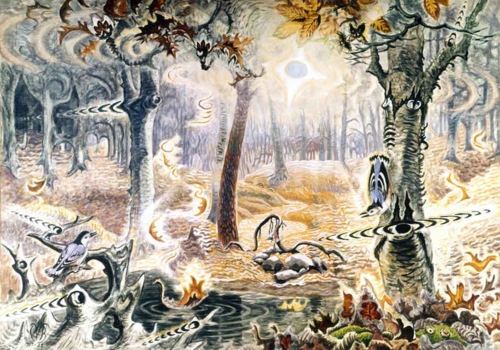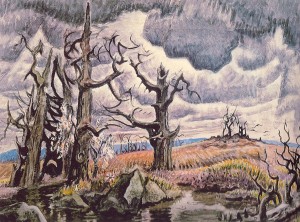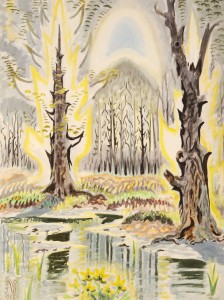I’m very excited to announce my upcoming recital, Beyond the Notes: Music Inspired by Art. The concert will be a multisensory, multimedia experience featuring live chamber music performed by wonderful NEC student musicians coordinated with video and slide projections of the art that inspired it.
Beyond the Notes: Music Inspired by Art will be presented at the New England Conservatory of Music on November 2nd, 2011, 6:00-7:30pm in Pierce Hall (241 St. Botolph St, Boston MA). Reception to follow. The event is free and open to the public.

The concert will be enhanced by an accompanying digital companion, which will be launched within the next couple of weeks. Visitors are invited to browse the website ahead of time, or before and after the concert in the hall or on their phones, and explore video clips, audio excerpts, photographs, and information about the artists and music.
The new website will highlight Watercolors, a wind quintet inspired by the paintings of Charles Burchfield, in addition to the portion of the website featuring the string quartet The Course of Empire, which was posted in July.
The section on Watercolors features video clips from a fascinating interview with Nancy Weekly, Curator at the Burchfield Penney Art Center; Carol Steen, painter and co-founder of the American Synesthesia Assocation; as well as a movement-by-movement analysis of the connection between my music and the paintings, which is interspersed with audio excerpts and relevant images from the paintings.
While The Course of Empire and Watercolors are being highlighted on the website/app, every piece on the program has its own dedicated page and content. Other pieces featured on the program and the accompanying website include:
- Setsugekka for violin and piano, inspired by Japanese woodblock prints by Hiroshige. The website will include videos introducing the genre of Japanese woodblock printing, and the traditional theme of setsugekka (snow, moon and flowers). This section features text and narration by independent print scholar John Resig (ukiyo-e.org).
- To Create One’s Own World for soprano, flute, bass clarinet, and marimba, and The Faraway Nearby video piece with chamber score, both inspired by Georgia O’Keeffe. The website will include audio clips, song text, and the online video of The Faraway Nearby.
- Revealed in Stone, a song cycle for tenor and piano inspired by the sculpture and poetry of Michelangelo. The website will feature an analysis of the English translation of the poetry used in the cycle.
- Triptych for solo guitar, inspired by the formal structure of triptychs (especially as seen in Medieval art). The website will include a comparison of different genres of triptychs.
Both the concert and website have received support from the Entrepreneurial Musicianship Department at NEC.
